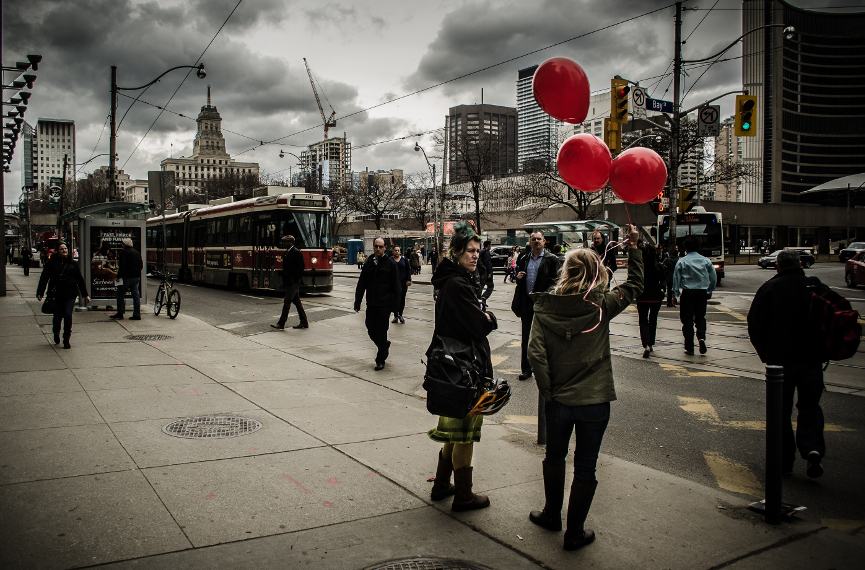What Does Framing Streets Do?
What Does Framing Streets Do?
Blog Article
Some Known Incorrect Statements About Framing Streets
Table of Contents7 Easy Facts About Framing Streets ExplainedThe smart Trick of Framing Streets That Nobody is Talking AboutAn Unbiased View of Framing StreetsGetting The Framing Streets To WorkFascination About Framing StreetsSome Of Framing Streets
Digital photography category "Crufts Pet Show 1968" by Tony Ray-Jones Street photography (likewise in some cases called candid photography) is photography performed for art or query that includes unmediated possibility experiences and random occurrences within public places, usually with the aim of recording pictures at a decisive or touching minute by careful framework and timing. 
, who was inspired to carry out a similar paperwork of New York City. As the city established, Atget helped to advertise Parisian streets as a deserving subject for digital photography.

An Unbiased View of Framing Streets
Martin is the initial recorded photographer to do so in London with a masked camera. Mass-Observation was a social research study organisation established in 1937 which aimed to videotape day-to-day life in Britain and to tape-record the reactions of the 'man-in-the-street' to King Edward VIII's abdication in 1936 to wed separation Wallis Simpson, and the sequence of George VI. The principal Mass-Observationists were anthropologist Tom Harrisson in Bolton and poet Charles Madge in London, and their initial record was created as the publication "May the Twelfth: Mass-Observation Day-Surveys 1937 by over 2 hundred onlookers" [] Home window cleaner at Kottbusser Tor, Berlin, by Elsa Thiemann c. 1946 The post-war French Humanist Institution professional photographers found their topics on the road or in the restaurant. In between 1946 and 1957 Le Groupe des XV each year showed job of this kind. Andre Kertesz. Circus, Budapest, 19 May 1920 Road digital photography created the significant material of two exhibits at the Gallery of Modern Art (Mo, MA) in New york city curated by Edward Steichen, 5 French Professional Photographers: Brassai; Cartier-Bresson, Doisneau, Ronis, Izis in 1951 to 1952, and Post-war European Digital Photography in 1953, which exported the idea of road photography globally.

The smart Trick of Framing Streets That Nobody is Talking About
, then an educator of young youngsters, connected with Evans in 193839.'s 1958 publication,, was substantial; raw and commonly out of focus, Frank's pictures questioned conventional photography of the time, "challenged all the formal rules laid down by Henri Cartier-Bresson and Pedestrian Evans" and "flew in the face of the wholesome pictorialism and heartfelt photojournalism of American magazines like LIFE and Time".
Report this page